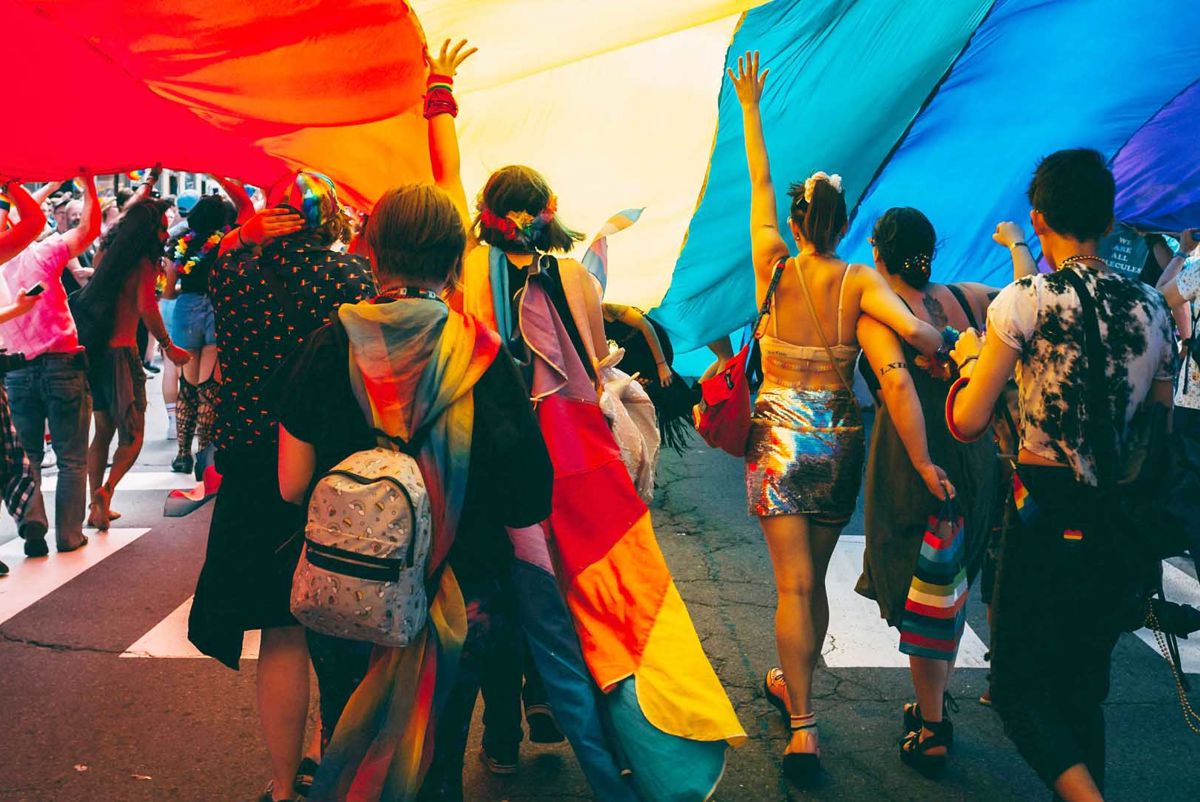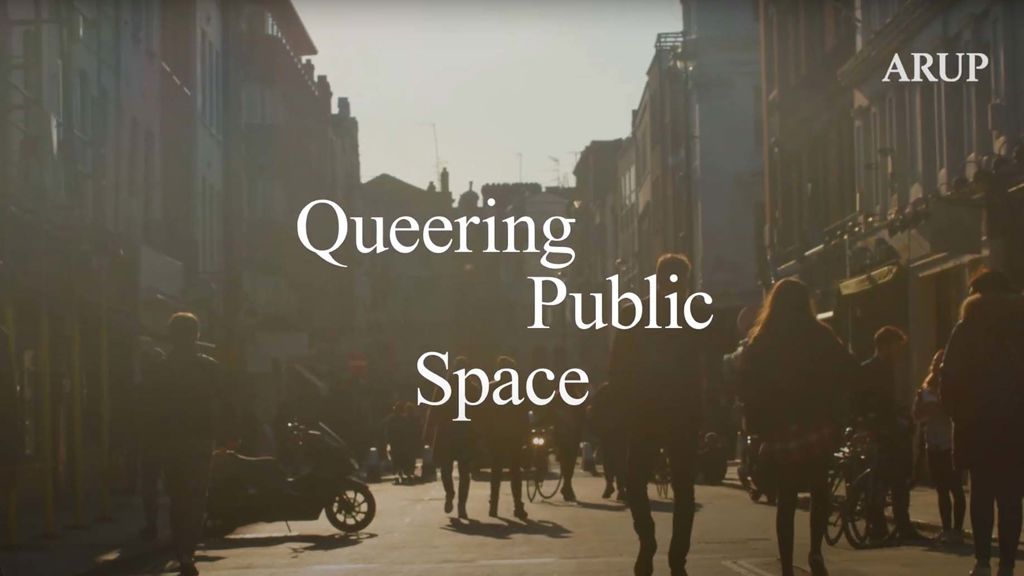Equity for marginalised communities

Today, we’re more conscious of the injustices of the past, whether that means ethnic communities segregated from each other by highways, or groups whose historic homelands were stolen to build the city itself. As they develop, cities face growing pressure to strike a balance between the needs of the many different communities that make up their populations. Regeneration is vital and valued, but undirected can lead to the downsides of ‘gentrification’. Planners and urban designers have a responsibility to understand the history of a place, to ensure that communities are not erased, or that development decisions only suit the wealthiest members of the urban population.
Social equity toolkits
Social equity, the underlying fairness we all want to achieve, is both a simple moral principle and a complex outcome to achieve. Our researchers and planners have developed two toolkits to help practitioners approach these goals and avoid the physical and economic displacement that can occur when cities grow in an undirected fashion. The toolkits focus on one of the most valuable factors driving equity: public transport schemes.
Public transport networks, from bus networks and light rail to trams and underground systems, are one of the most powerful ways to ensure a city is accessible to all. The physical, economic and social connections produced by public transit investments, represent an incredible opportunity to think deeply about what different communities need. Everything from the route, structure, design, passenger costs and surrounding infrastructure offers incredible opportunities to address social equity issues above and beyond the core transit benefits.
Indigenous people and urbanisation
What can designers and planners do to better represent Aboriginal and Torres Strait Islander people’s interests within urban development? Read our article about how Australian cities are approaching this issue.
Queering public spaces
What would make cities more appealing and fair to LGBTQ+ communities? Queering Public Space, was a collaboration between Arup and the University of Westminster. The report explores the relationship between queer communities and public spaces. What are the key characteristics that contribute to queering public spaces? How do we protect what remains of queer memory in our cities? And how do we move beyond the concept of the 'gayborhood' towards public spaces that inherently work for all?
Read the report.


